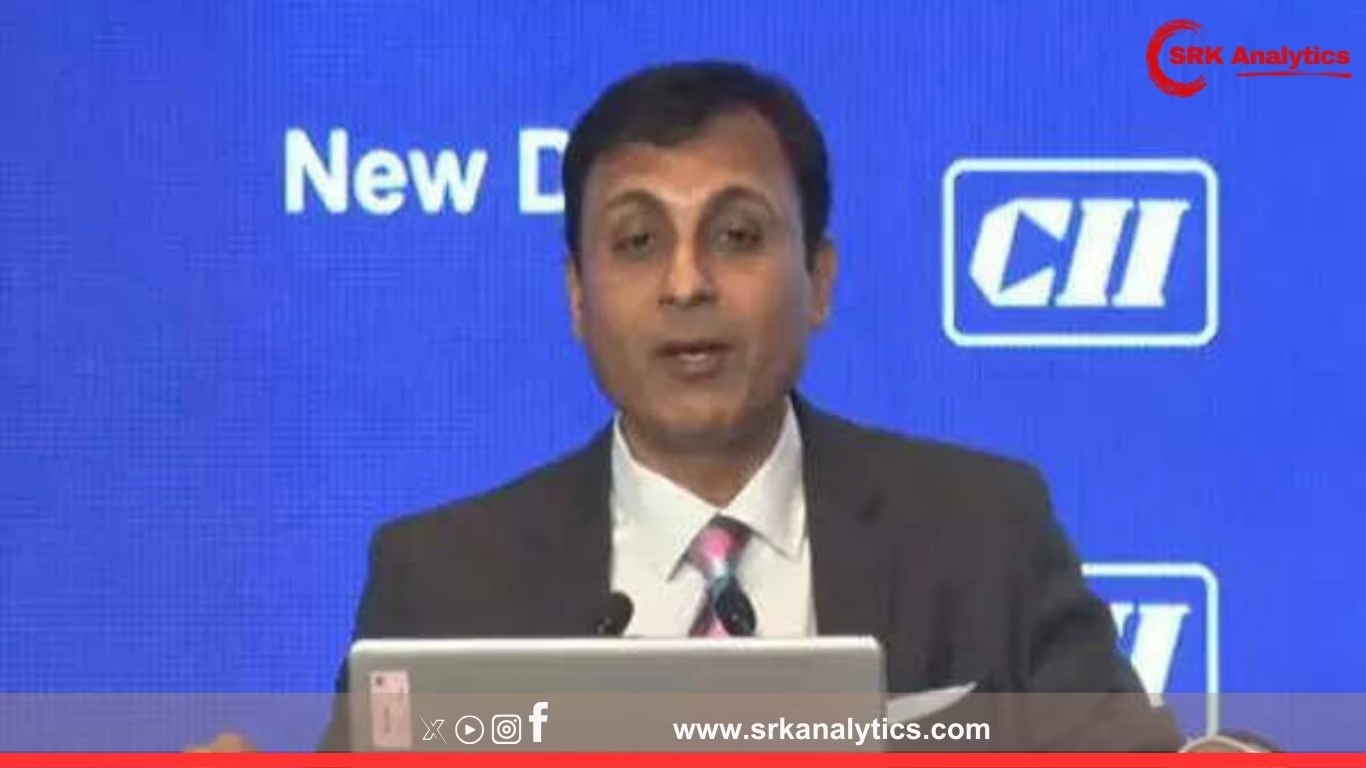In a major boost to India’s banking and infrastructure sectors, global rating agency Moody’s Investors Service has stated that the Reserve Bank of India’s (RBI) recent relaxation of infrastructure lending norms will support higher loan growth, reduce funding constraints for large projects, and strengthen economic growth momentum.
Key Highlights
✅ RBI amends infrastructure lending norms to ease project financing
✅ Expected impact: Boost credit growth in infrastructure sector
✅ Moody’s view: Positive for banks’ loan books and long-term asset quality
✅ Sectors to benefit: Roads, railways, renewable energy, ports, urban infrastructure
What Are The New Rules?
On June 28, 2025, the RBI announced:
- Relaxation of NPA classification norms for infrastructure loans under restructuring or moratorium, if viability is established.
- Extension of project loan tenure from 15 to 20 years with periodic refinancing (harmonising with the “5/25 scheme” concept).
- Lower risk weights for operational infrastructure projects from 100% to 50%, reducing capital requirements for banks.
- Allowing Take-Out Financing and Infrastructure Debt Funds (IDFs) to participate more seamlessly in refinancing.
Why Was The Change Needed?
Infrastructure Sector Challenges
- Long project gestation periods (5-7 years construction + 15-20 years operation).
- High initial repayment burden despite back-ended cash flows.
- Asset-liability mismatches for banks funding long-tenure projects with shorter-term deposits.
Infrastructure Lending Over The Years
| Year | Bank Infra Credit (Rs lakh crore) | YoY Growth (%) | Share in Non-Food Credit (%) |
|---|---|---|---|
| FY20 | 10.25 | 3.9 | 9.2 |
| FY21 | 10.60 | 3.4 | 9.1 |
| FY22 | 11.25 | 6.1 | 9.4 |
| FY23 | 12.10 | 7.6 | 9.5 |
| FY24 | 13.35 | 10.3 | 10.0 |
| FY25 (est) | 14.80 | 10.8 | 10.3 |
(Source: RBI, CARE Ratings, Moody’s estimates)
Moody’s Analysis
Moody’s report released on Monday stated:
“The RBI’s revised infrastructure lending framework is credit positive for Indian banks as it will increase their ability to fund long-tenure infrastructure projects without undue strain on capital or asset quality metrics.”
Key Benefits Outlined By Moody’s
1. Loan Growth Acceleration
Banks will be able to:
- Expand infrastructure loan books by 15-20% annually over the next few years.
- Support the government’s National Infrastructure Pipeline (NIP) targeting Rs 111 lakh crore investments till FY25.
2. Asset Quality Improvement
- Longer loan tenures with appropriate refinancing reduce default risks from cash flow mismatches.
- Lower provisioning requirements due to reduced risk weights on operational projects.
3. Better Risk Distribution
- Enhanced role for Infrastructure Debt Funds (IDFs) will free up banks’ balance sheets, allowing fresh lending.
Sectoral Impact: Winners Of New Lending Rules
| Sector | Expected Impact |
|---|---|
| Roads & Highways | Faster financial closure for NHAI & PPP projects |
| Renewable Energy | Easier refinancing for solar, wind projects with long PPAs |
| Railways | Boost to station redevelopment and DFC funding |
| Urban Infra | Smart cities, metro projects get funding comfort |
| Ports & Logistics | Back-ended revenue model fits extended tenure financing |
India’s Infrastructure Push – The Macro Context
The government’s Union Budget FY26 retained its strong focus on capital expenditure:
- Capex allocation: Rs 11.11 lakh crore (3.4% of GDP)
- Key allocations:
- Railways: Rs 2.8 lakh crore
- Roads & Highways: Rs 2.5 lakh crore
- Defence infrastructure: Rs 1.7 lakh crore
- Urban infrastructure & housing: Rs 1.3 lakh crore
Banks’ Reaction
Banking sector leaders welcomed RBI’s move.
Dinesh Khara, Chairman, SBI:
“Longer tenure and refinancing flexibility will align loan structures with infrastructure cash flows, reducing stress buildup in early years.”
Sumanth Prasad, MD, IDFC First Bank Infra Division:
“This opens the door for IDFs and take-out financing structures, creating a vibrant secondary market for infrastructure loans.”
Moody’s Caveat: Implementation Risks
While optimistic, Moody’s cautioned that:
- Execution discipline is key – Poor project appraisal can still lead to future NPAs despite flexible structures.
- Regulatory oversight must ensure banks do not excessively concentrate portfolios in risky sectors under relaxed norms.
Comparison With Previous Framework
| Parameter | Old Norms | New Norms |
|---|---|---|
| Loan Tenure | 15 years max | 20 years + refinancing |
| NPA Classification | Strict timeline-based | Flexibility if viability established |
| Risk Weight | 100% for operational | 50% for operational |
| Refinancing | Limited, procedural hurdles | Streamlined with IDFs, take-out lenders |
Future Outlook For Infrastructure Financing
Short-Term
- Surge in loan sanctions for under-construction highway, renewable, and urban projects in FY26.
- Faster completion of projects stuck due to financial closure bottlenecks.
Long-Term
- Strengthened Indian banks’ project finance capability, reducing reliance on external commercial borrowings (ECBs).
- Improved infrastructure quality supporting India’s target to become a $5 trillion economy by FY28.
Expert Views
Dr. Soumya Kanti Ghosh, Chief Economic Advisor, SBI Group:
“This move aligns India’s banking regulations with global best practices in infrastructure financing, such as Europe’s infrastructure refinancing models.”
Market Reactions
- Banking stocks: ICICI Bank, SBI, and Axis Bank gained 0.5%-1% in intraday trade post Moody’s report.
- Bond yields: Stable as improved asset quality prospects offset concerns of higher credit offtake raising liquidity pressures.
Conclusion
India’s new infrastructure lending rules mark a transformational policy shift, facilitating greater bank participation in funding the country’s ambitious infrastructure pipeline. Moody’s endorsement reflects global confidence in India’s evolving financial regulatory framework to balance growth with stability.
As implementation progresses, these reforms are poised to:
- Catalyse loan growth in the banking sector,
- Strengthen project completion rates, and
- Enable India to build a world-class infrastructure backbone, critical for its economic aspirations over the next decade.
Disclaimer
This article is based on Moody’s report released on June 30, 2025, RBI announcements, and industry expert views. Readers are advised to refer to official notifications and financial statements for detailed policy and market implications.











